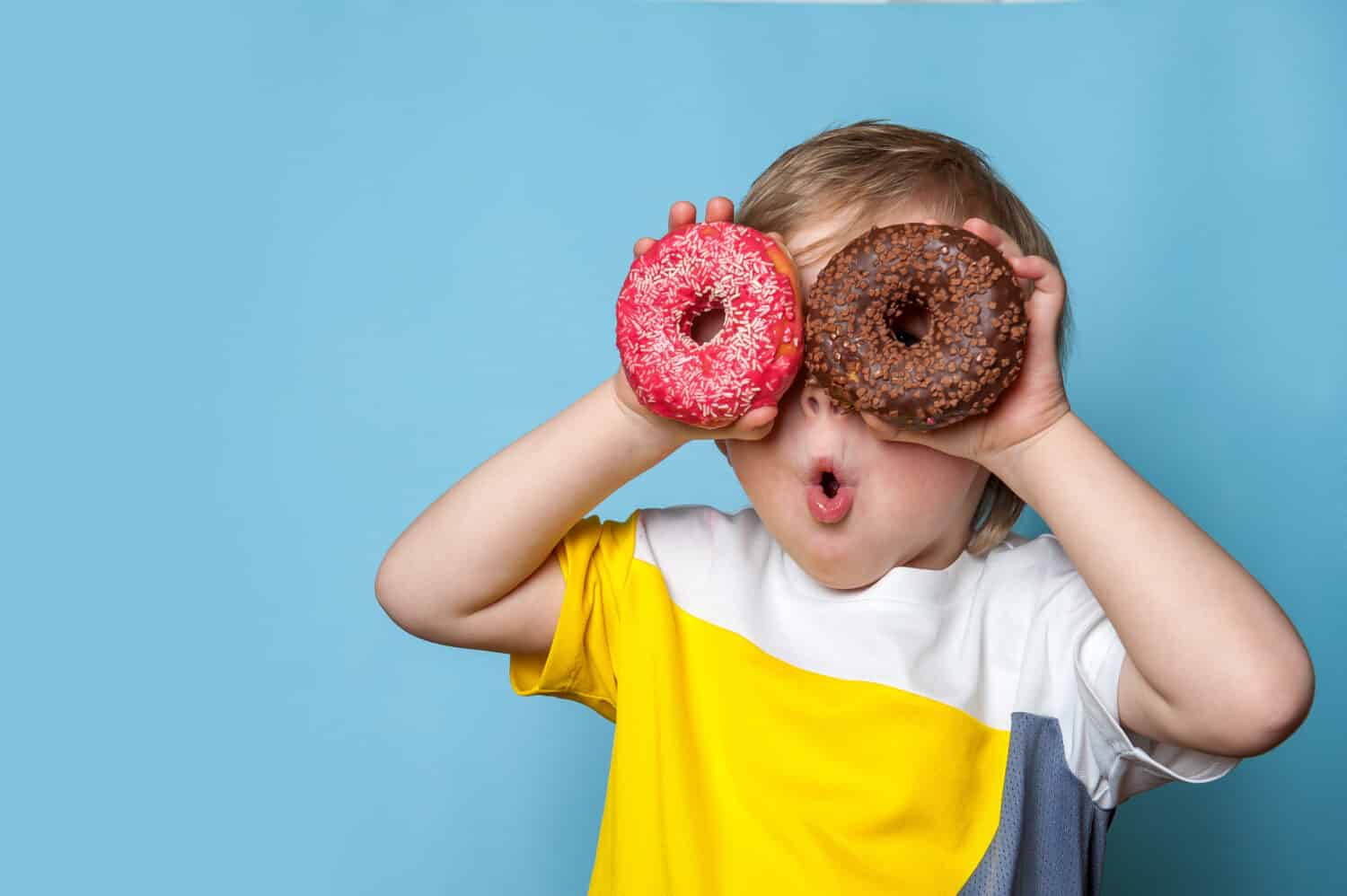There are many reasons why parents and kids choose junk food over healthier options. Most of these foods are prepackaged and more accessible to carry around or grab on the go. Additionally, junk food can be highly addictive. Therefore, the more we eat, the more we crave our favorite junk foods' sweet or salty satisfaction. One reason we should start implementing healthy eating habits when our children are young is because, as adults, most of us know how hard it is to break unhealthy habits the older you get! This article will explore some of the most unhealthy junk foods for kids.
Why is Junk Food So Addictive?
Processed foods can be very addictive. When one eats sugary or salty snacks, dopamine is released, satisfying the pleasure center inside our brains; the quick pleasure and rush we feel after eating junk food becomes so pleasurable that we crave the food more and more.
This is where the habit of consuming junk food forms. While some treats on this list are not bad every once in a while, eating them constantly or daily may contribute to health issues in the future. Therefore, one of the best things we can do for our children is to set them up for success by showing them how to develop a healthy relationship with food.
Good Eating Habits to Start While Your Child Is Young
While junk food is a broad term, it simply means any food that offers very little or no nutritional value, or in other words, food that is fun to eat because it gives us that dopamine and pleasure rush but isn't good for our bodies.
Since junk food typically comes prepackaged, it can be easy to grab a box of goldfish or throw a hotdog in the microwave; then you're good to go. However, the more junk food they eat, the more your child craves it. We can start helping our children develop good eating habits at any age, although, as many adults know, the older you get, the more challenging bad habits are to break. Therefore, starting good habits young may be the easiest route to go, and try to avoid these unhealthy junk foods for kids.
Good Eating Habits:
- Introduce your child to lean proteins like fish and meat while they are little.
- Avoid or limit fast food.
- Offer vegetables and fruits at every meal.
- Model good eating habits on your own by being choosy about your snacks.
- Involve your child in preparing healthy meals for the family with you.
- Choose food that is unprocessed or has undergone very little processing.
- Begin healthy eating habits at a very early age.
- Consider your relationship with food and how you speak about it.
- Avoid shaming foods that are junk food; instead, offer healthier options.
- Talk openly about what nutrition is and why it's essential. “Protein helps build muscle” or “calcium strengthens our bones” are good lessons to teach.
- Have a routine around snacks and meals; try to prepare healthy options beforehand if you can.
- Knowing when we are full is an essential skill to have. It helps us know when we have eaten enough and stops us from overeating. Let your child tell you when they are full, even if it means not finishing their plates. Adjust their portion sizes to avoid wasting food; they can always ask for seconds if they're still hungry.
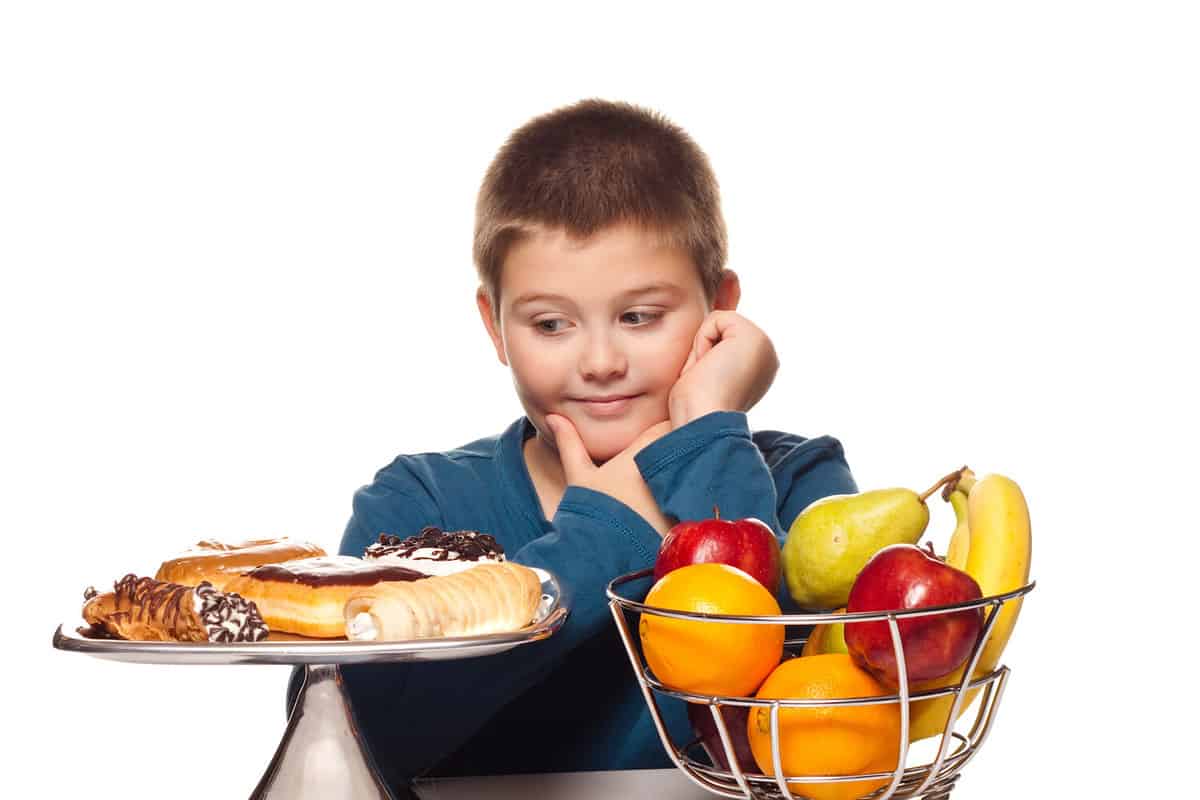
©Tom Burlison/Shutterstock.com
Most Unhealthy Junk Foods for Kids
Many of the foods and drinks on this list are highly addictive. Therefore, it is a great idea to avoid these in your homes. While a sweet or salty treat or snack every once in a while is okay, kids can go without the added sugars and unnecessary ingredients in some unhealthy junk foods for kids.
Sugary Drinks
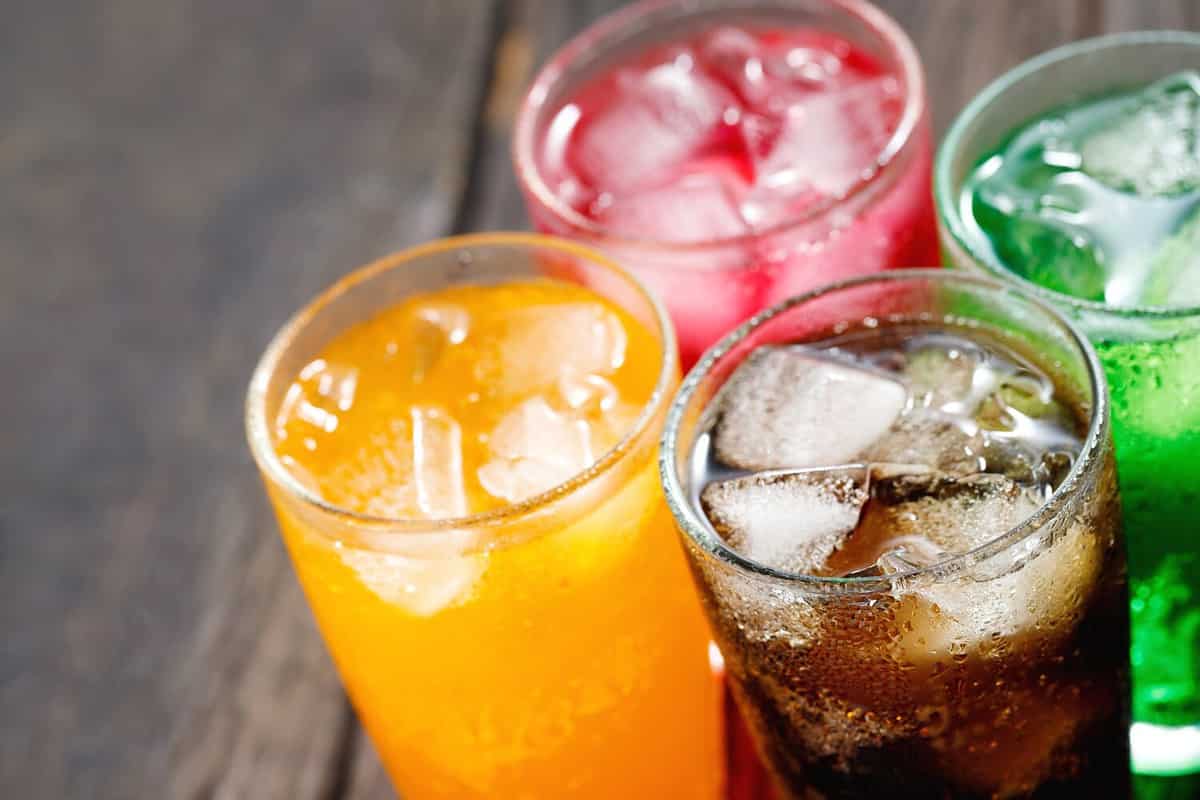
©fongbeerredhot/Shutterstock.com
Pepsi, Dr. Pepper, Coke, and Mountain Dew, not to mention numerous other soda drinks, are highly addictive. While soda consumption is going down, it is still very high. Studies done in 2010 and 2015 point towards over half of adults in the United States drinking at least one soda daily. Additionally, fruit juices are a popular choice for young children. Two in three children and one in three toddlers consume sugary drinks a day.
Drinks like soda and juice are loaded with sugar, but does this necessarily make them bad for our health? The answer is a resounding yes. Soda contains hardly any nutritional value, has loads of sugar (one Coca-Cola has 16 tablespoons of sugar!), and contributes to obesity.
Our livers metabolize fructose; the fructose turns into fat when our liver metabolizes too much. This fat often stays in our livers, contributing to unfavorable health problems. Additionally, soda can lead to issues with insulin resistance, risk of heart disease, and type 2 diabetes. On top of the adverse risk factors, the added sugar continuously releases the dopamine effect on our brains, making soda highly addicting.
Although fruit juice does contain more nutrients than soda, it can still contribute to obesity because many tend to be loaded with sugar.
Breakfast Cereals
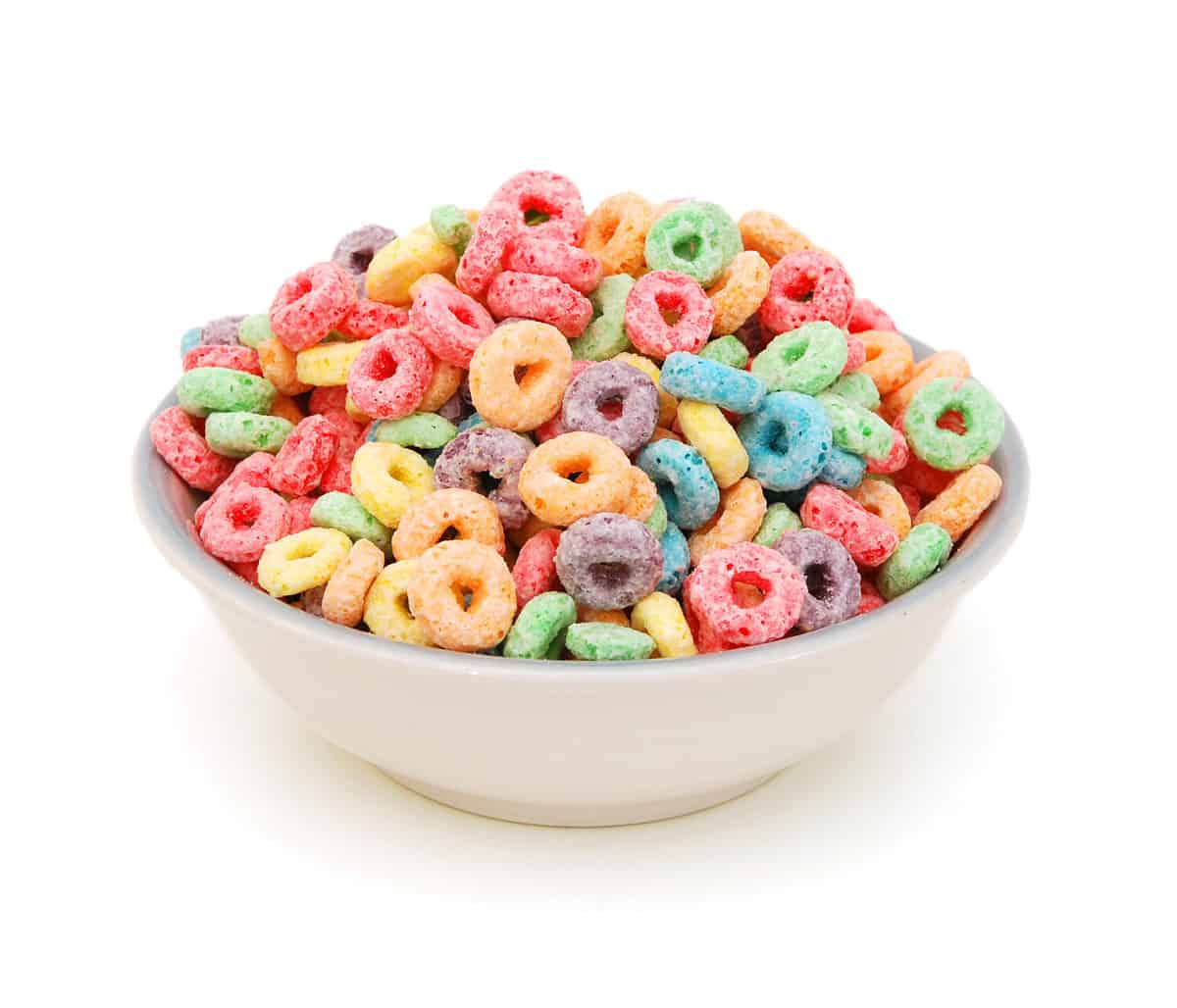
©Hong Vo/Shutterstock.com
One of the easiest and quickest breakfasts to feed our children is cereal. Throw it in a bowl, pour milk, and you're done. However, many breakfast cereals today are just as unhealthy as eating a Twinkie for breakfast.
Cereals are processed, which strips much of the nutrients out for starters. Secondly, popular breakfast cereals marketed towards children usually have some frosting or chocolate added for extra appeal. To top it off, many cereals are also loaded with sugar. If you are looking for a quick and easy breakfast cereal, choose one with less than five grams of sugar and take note of the added ingredients.
Potato Chips
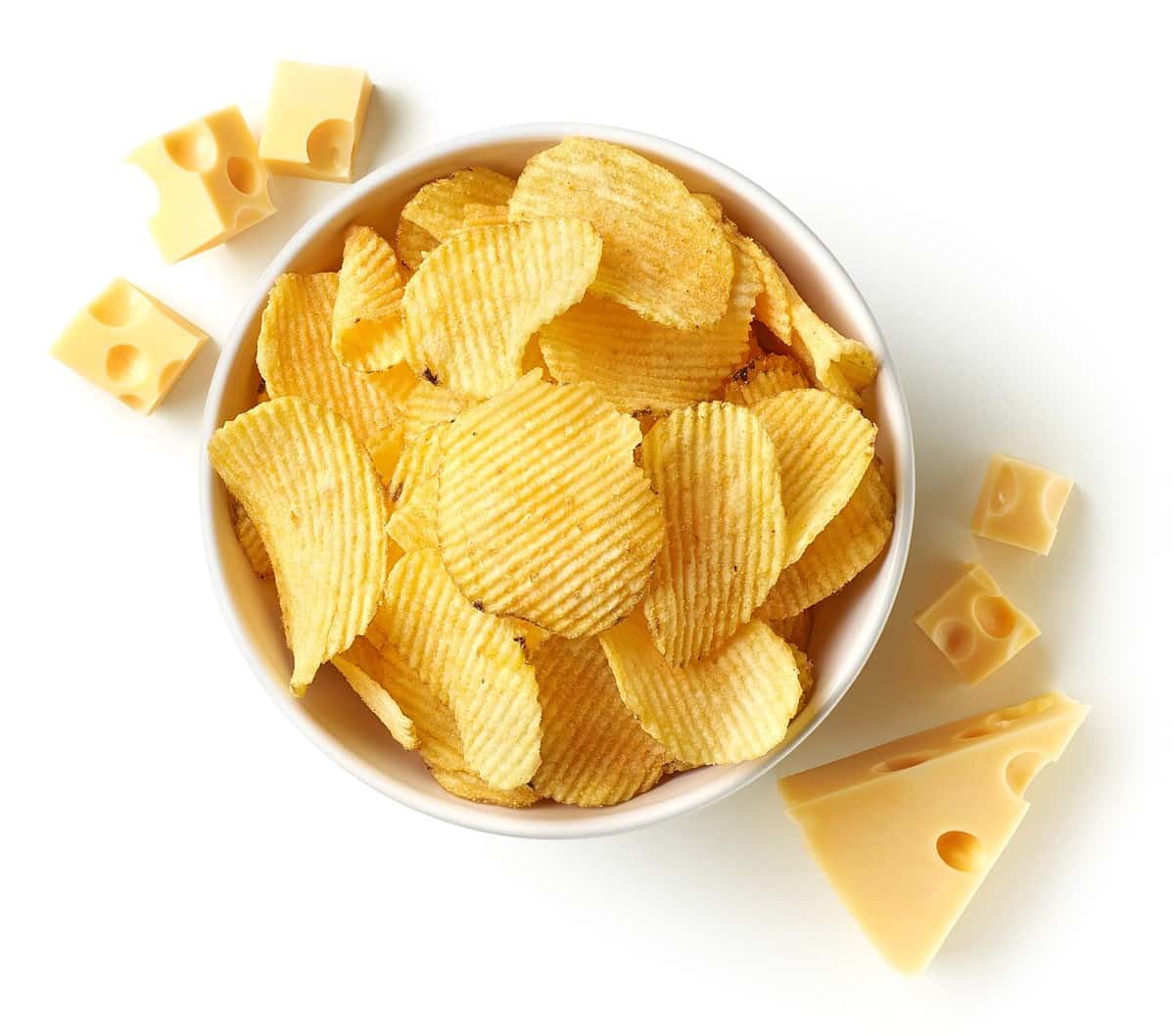
©baibaz/Shutterstock.com
There is a plethora of potato chip options. Some seem healthier than others, yet if you are not careful, you may load up on many empty calories without taking in any nutrients. Potato chips are fried and processed and contain trans fats and acrylamide, which may increase the risk of adverse health issues such as inflammation and certain cancers.
Boxed Macaroni and Cheese
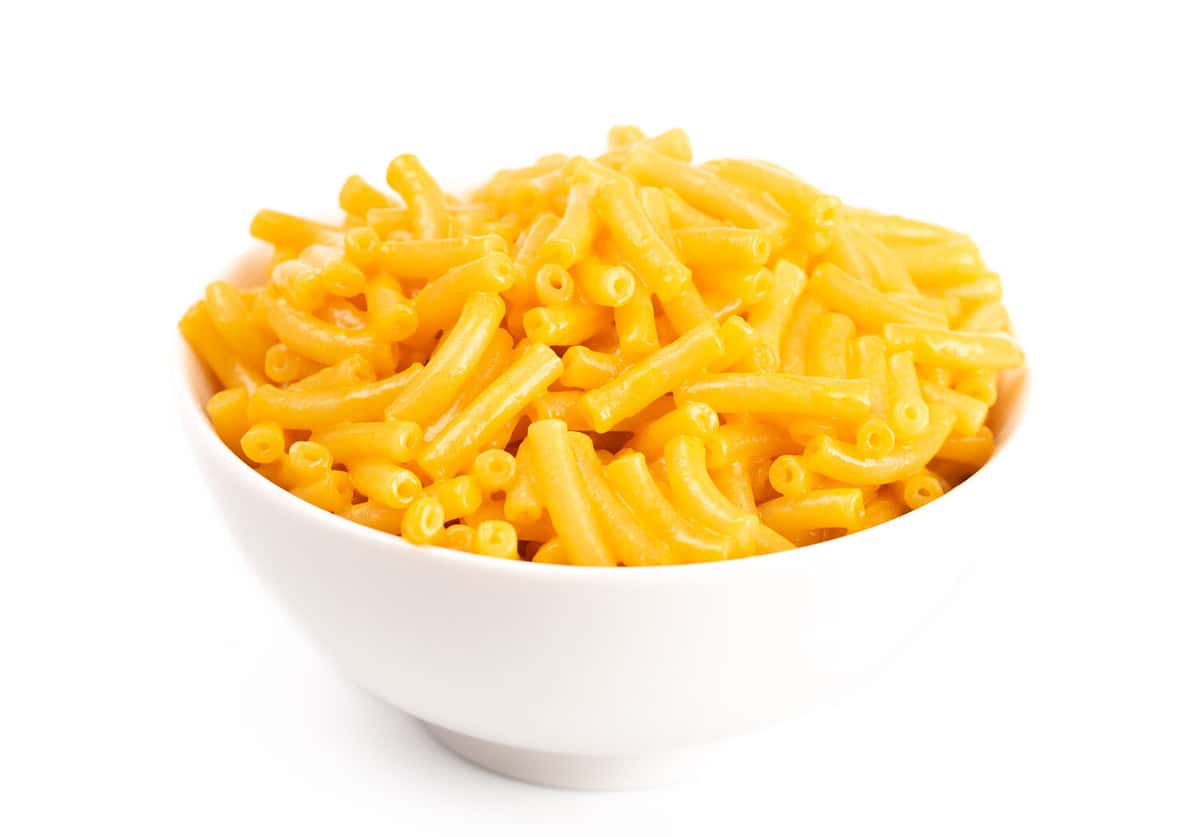
©P Maxwell Photography/Shutterstock.com
Let's face it: most kids love macaroni and cheese. However, with the added cream, cheese, and pasta, the calorie count tends to be high, and so does the sodium. Both of which can have damaging health effects.
While boxed macaroni and cheese may be lower in calories than homemade, it isn't necessarily the healthier option. It is still higher in sodium, and a report said there were high levels of phthalates in boxed macaroni and cheese powder.
Phthalates are chemicals that make plastic more long-lasting. However, if it leaks into our food, it can adversely affect hormones. There are a couple of things to know about this study. First, it was an independent study and was not peer-reviewed. Secondly, some companies are working on eradicating these toxins from their products. Regardless, keeping an eye on our food's potential chemicals and additives is important.
Fruit Snacks
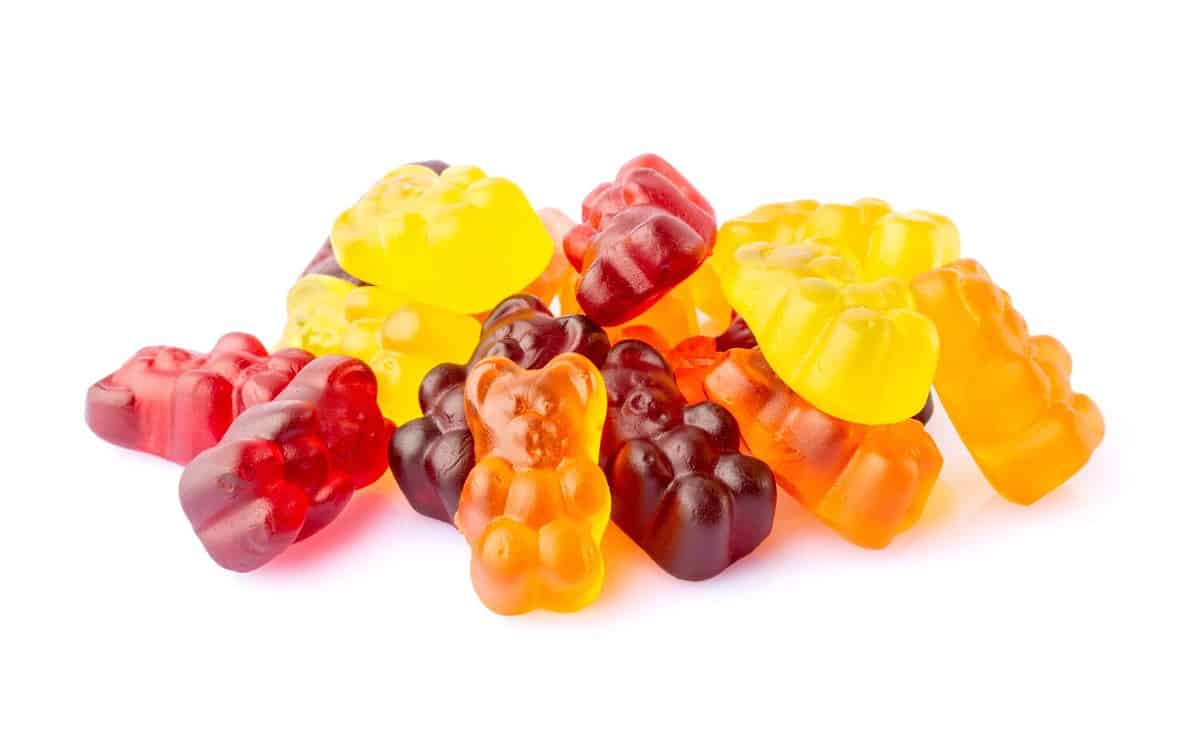
©NewStart/Shutterstock.com
While fruit snacks, such as Welch's, are convenient and boast containing no fat and essential nutrients like Vitamins A and C, digging deeper reveals some not-so-great facts about these little guys.
For starters, the added sugar is 22% of the daily value. That is a bit high for a snack that claims to be healthy. Additionally, the list of ingredients is extensive, with sugars, corn syrup, carnauba wax, and artificial flavors. However, a few of the most concerning ingredients for parents may be the added colors:
- Annatto
- Turmeric
- Red 40
- Blue 1
While the coloring annatto, turmeric, and blue 1 are generally considered safe, some people may have allergies, including skin rashes.
Red 40 is one of the most controversial dye ingredients. While it is FDA-approved, parents raise concerns about the possible links between allergies, migraines, and negative behaviors in children.
Little Debbies & Hostess Snacks
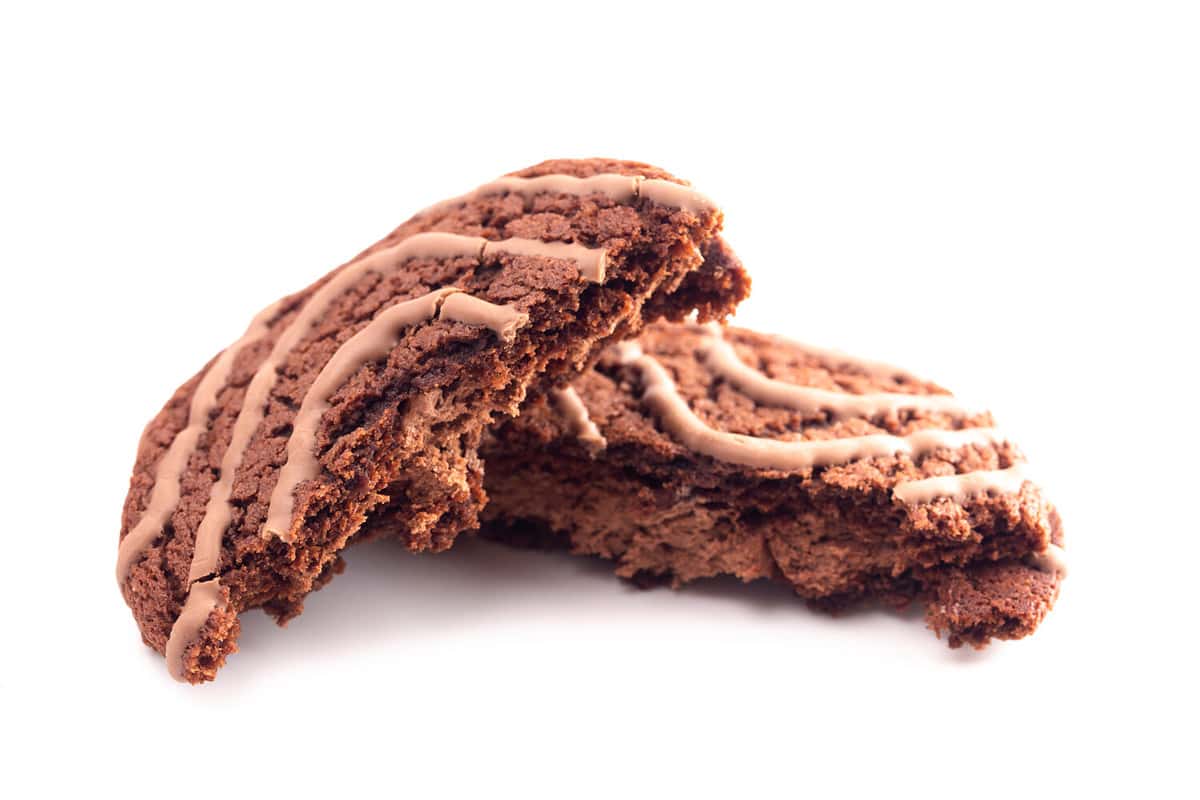
©P Maxwell Photography/Shutterstock.com
While the healthiness of Little Debbies or Hostess snacks depends on the type being eaten, many of these yummy treats are loaded with sugar, high fructose corn syrup, dyes such as red 40 or blue 1, and enriched bleached flour.
Goldfish Crackers or Other Processed Snack Packs
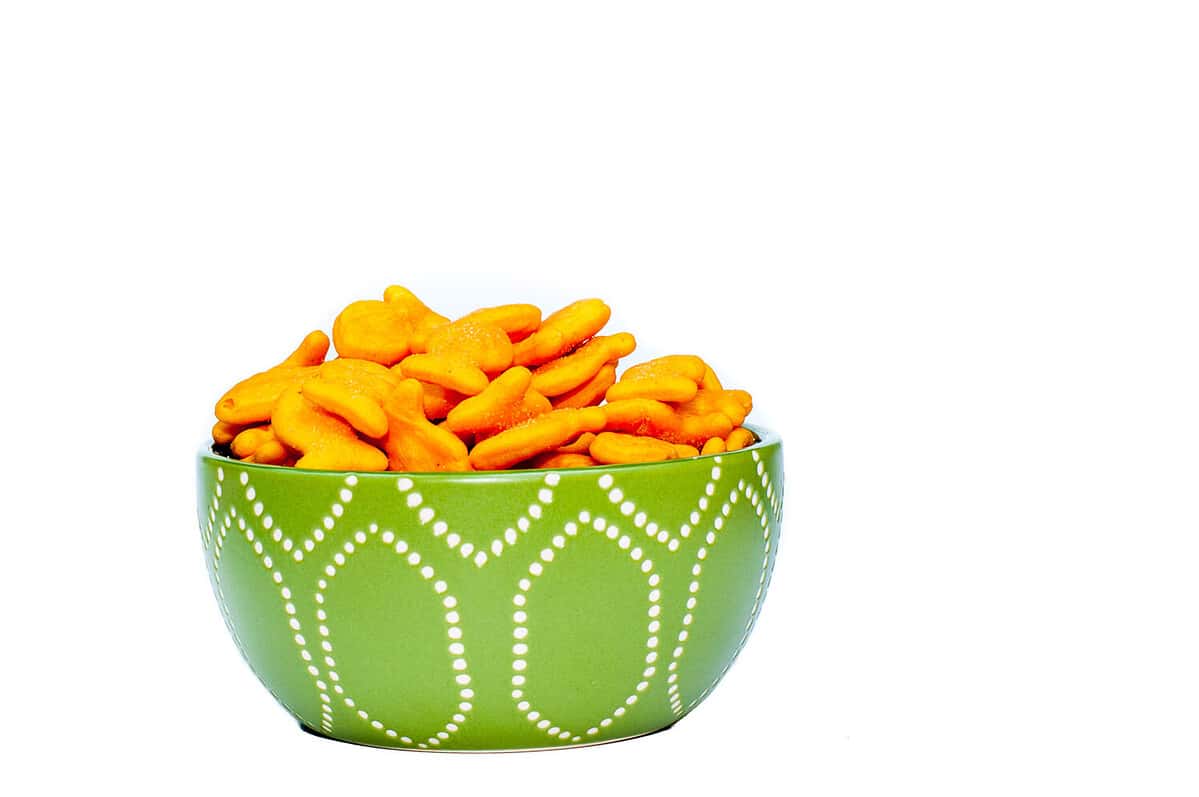
©Regalado Santos/Shutterstock.com
Goldfish crackers and other processed snack packs are easy and convenient but contain minimal nutrients. Pepperidge Farm Goldfish crackers contain high sodium levels, ammonium bicarbonate (which can irritate the throat and nose), sugars, and seasonings. Additionally, processed foods lose much of their nutritional value over time.
Pop-tarts
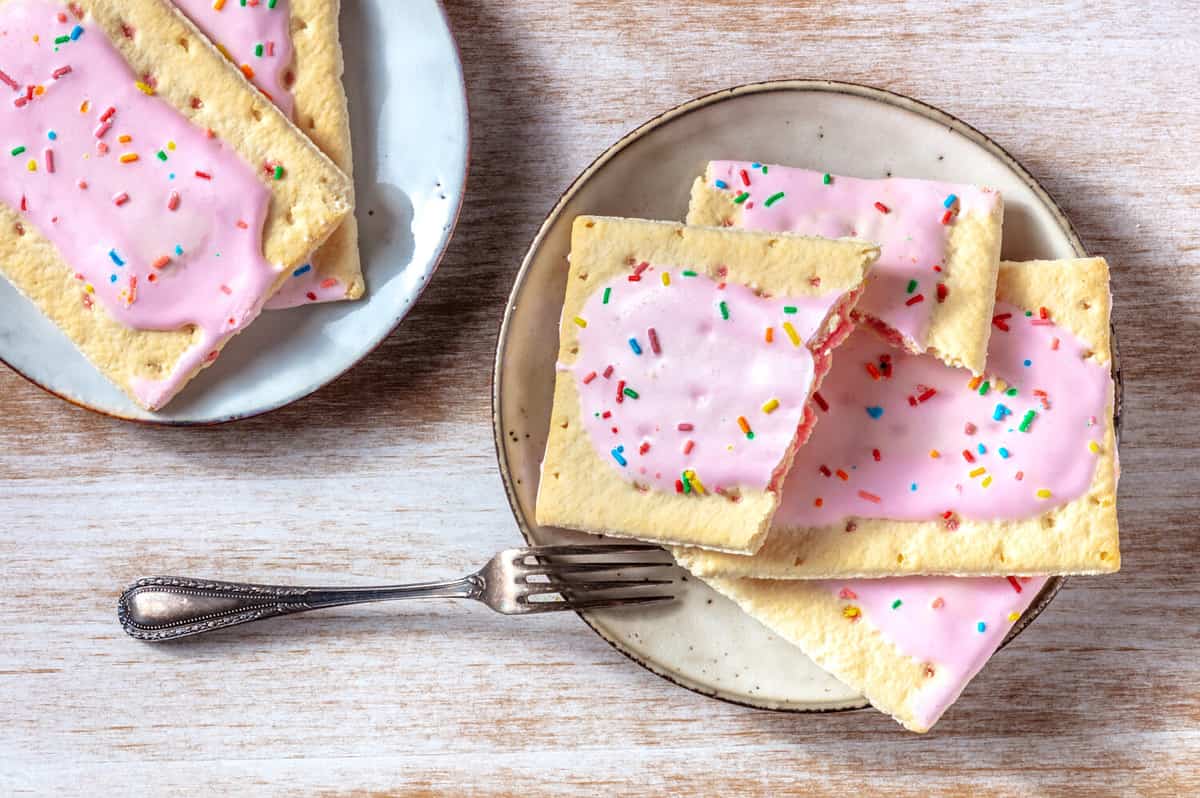
©Plateresca/Shutterstock.com
Although they are another popular breakfast item, pop-tarts are not great options. They contain high fructose corn syrup and lack essential nutrients. Additionally, pop-tarts are also high in sugar and sodium. Making them more junk food than a good breakfast for you or your kids.
Hotdogs
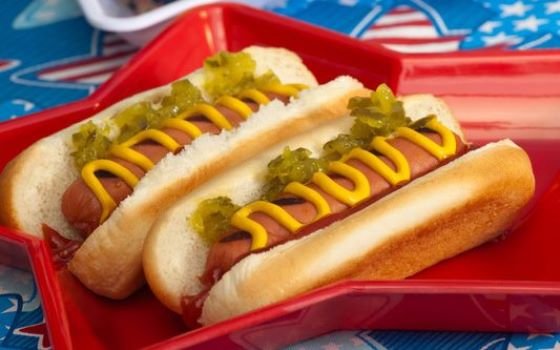
©Bochkarev Photography/Shutterstock.com
Hotdogs are processed meat. This means many brands in the store contain high sodium, saturated fats, and cholesterol levels.
Additionally, some hotdog brands have nitrates, nitrites, byproducts, and fillers. Therefore, if your child loves hotdogs, consider the ingredients listed and choose a healthier version.
Donuts
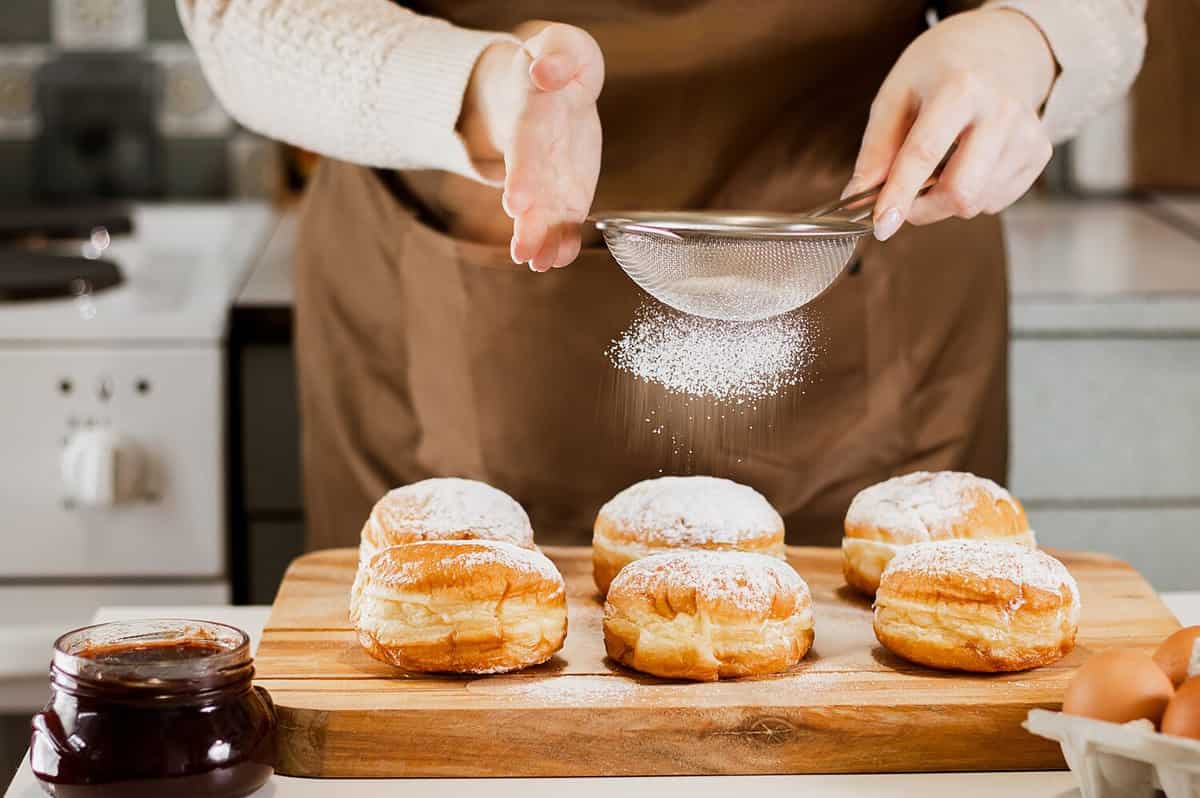
©Pelagija/Shutterstock.com
Donuts can satisfy a sweet tooth like no other treat! However, the high calories and sugar content can have adverse health effects on adults and kids alike. Donuts will vary depending on where they are from. However, typical donuts will have a high count of sugar, carbs, fat, and calories. All of these can contribute to adverse health effects like obesity, insulin resistance, and risk of heart issues.
One Last Note
Junk food is easy and convenient for families, especially those who are very busy. Yet, they can have adverse health effects as your children grow older. Junk food is highly addictive because of the pleasure system it activates in our brains. Therefore, it is important to start implementing healthy eating habits while our children are young. Offer healthy, whole, unprocessed foods to snack on as much as possible and avoid these unhealthy junk foods for kids in our homes.
Instead of buying Little Debbie or Hostess products, why not make your own sweet treat with this recipe?
Print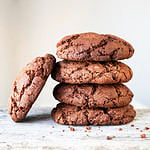
Deep Dark Chocolate Cookies for Kids
Ingredients
- 8 oz. bittersweet baking chocolate squares
- 3 large egg whites, room temperature
- 2 cups powdered sugar, divided
- 1/2 cup cocoa powder
- 1 tbsp. corn starch
- 1/4 tsp. salt
- 1/2 cup semi-sweet chocolate chips
Instructions
- Melt chocolate in bowl in microwave, stirring twice.
- Cool slightly. Using electric mixer, beat egg whites until soft peaks form.
- Gradually beat in 1 cup sugar until smooth and shiny.
- In separate bowl, whisk 1 cup sugar, cocoa powder, corn starch and salt. On low speed, add dry ingredients to egg mixture and mix until combined. Stir in melted chocolate and chocolate chips.
- Place 1/2 cup powdered sugar in bowl. Roll 1 rounded tablespoon of dough into powdered sugar and place on greased cookie sheet.
- Bake at 350 for 10 minutes.
The image featured at the top of this post is ©Sharomka/Shutterstock.com.
